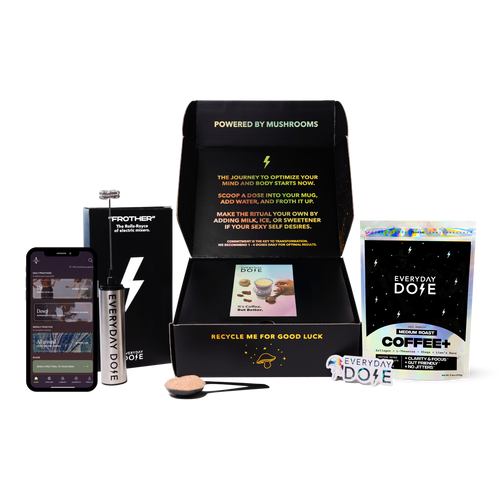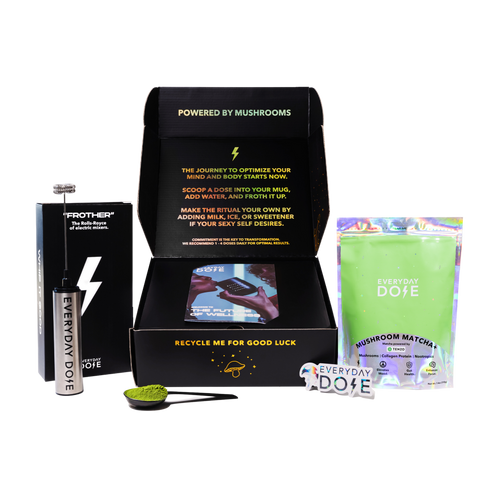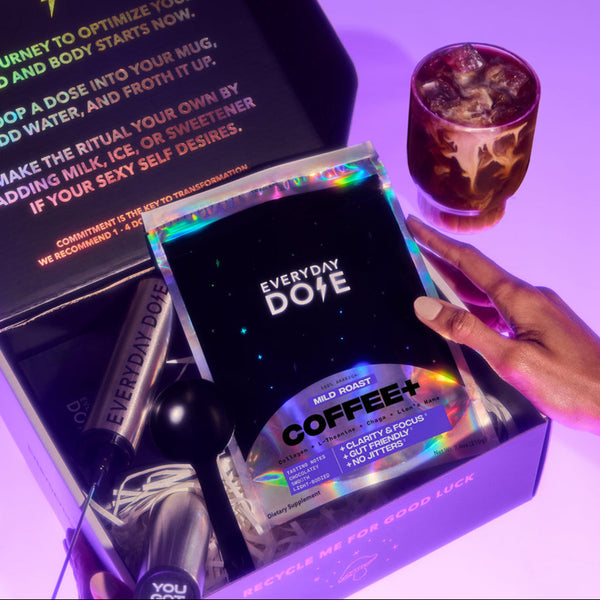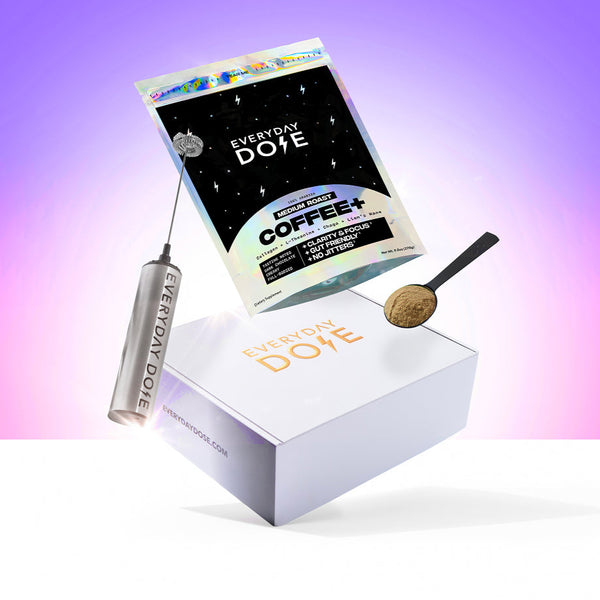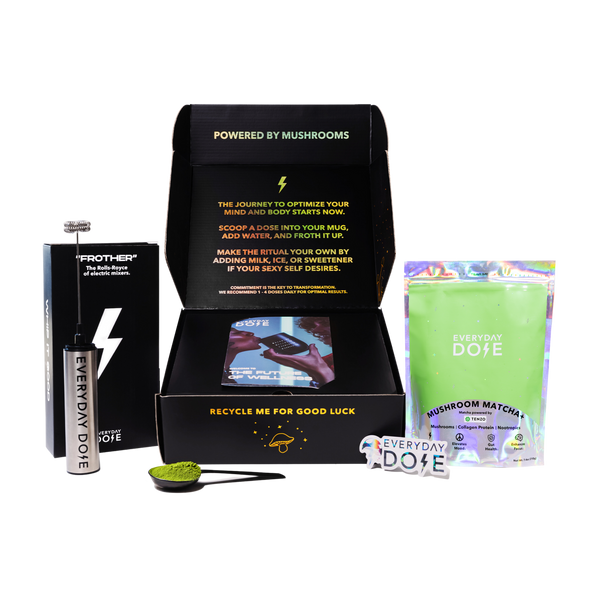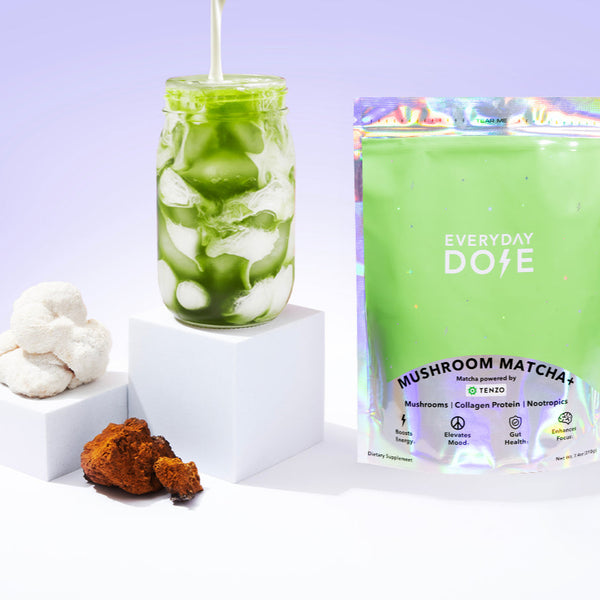Arabica vs Robusta: Which Is Better?
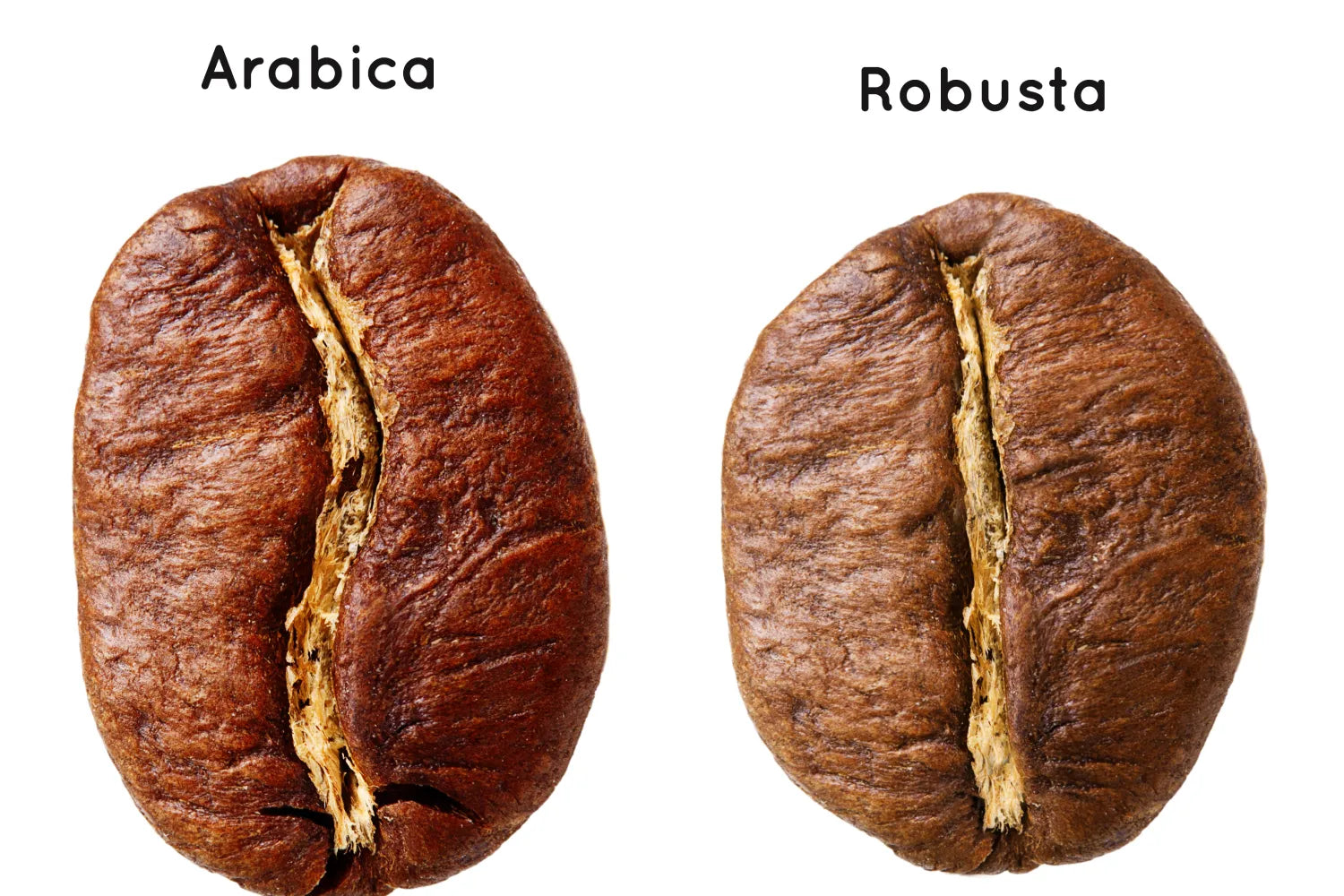
There are two types of coffee drinkers: the ones who drink coffee for the sharp jolt of caffeine and couldn’t care less what’s in their cup, and the ones who live for delicate flavor notes and single-origin roasts. No matter which type of coffee drinker you are, it’s still important to know the difference between Arabica and Robusta coffee beans.
While there are many other varieties of coffee beans (there are over 75 species of coffee trees around the world), these two are the most commonly used in commercial coffee growing. However, while they both come from the coffee plant, these beans couldn’t be more different. Read on to learn the main differences between the two, as well as which you should try.
Arabica vs Robusta: 8 Key Differences
What makes Arabica and Robusta coffee beans so different? And, more importantly, why should you care about those differences? Let’s break it down.
1. Origin and Cultivation
Arabica and Robusta beans may both end up in your cup, but they come from very different corners of the coffee universe. Arabica beans first sprouted up in the highlands of Ethiopia.
They know what they like and aren’t afraid to ask for it, growing best at elevations between 3,000 and 6,000 feet where temperatures stay cool and conditions are just right. These plants are sensitive souls, susceptible to pests, diseases, and pretty much anything that isn't optimal weather.
Robusta beans, on the other hand, are the survivalists. Native to sub-Saharan Africa, they thrive in hotter, harsher, and lower-altitude environments (up to around 2,600 feet). They’re tougher and more resilient.
Globally, Arabica beans rule the coffee industry, making up about 75% of world production — and for good reason (we’ll get to that in a bit). However, Robusta’s smaller slice of the pie is nothing to ignore, especially when it powers so much of your instant coffee.
2. Coffee Bean Characteristics
Arabica beans are your classic coffee bean. They’re elegant and oval-shaped, with a curved crease running down their middle. They're also typically lighter in color and have a smoother, softer surface.
Robusta beans are more circular in shape, with a straight, no-nonsense crease and a rougher texture. Even their raw colors are different. Arabica tends to be greener, while Robusta looks more brownish-green.
These physical differences actually hint at the deeper chemical differences inside, factors that affect taste, caffeine content, and even how much frothy crema your espresso will boast.
3. Flavor Profile
Arabica’s flavor is celebrated for its smoothness, layered with notes of fruit, chocolate, and sugar. It also boasts a gentle acidity that adds a touch of brightness to your cup.
Robusta, however, packs a heavier, harsher flavor. It’s strong, earthy, and sometimes a little rubbery or smoky. This coffee also tends to taste way more bitter thanks to its higher caffeine content. Many people prefer the lighter notes of Arabica, especially anyone who lives for subtle notes of citrus, plum, and chocolate.
4. Caffeine Content
So, you’re wondering: Which bean’s going to give you the biggest caffeine bang for your buck? The short answer is Robusta. It packs about 1.2 to 2.4% caffeine in dry weight compared to Arabica’s 0.9 to 1.5%. However, that’s not always a good thing.
Even Arabica contains about 96mg of caffeine per eight-ounce cup. For some people, this equates to a smooth wake-up call. However, for a large portion of the population, this is actually enough caffeine to cause jitters, sweating, and feelings of anxiety. When you start to look at caffeine tolerance, Robusta’s high caffeine content looks a lot more like a curse than a blessing.
You might not know this, but caffeine also impacts taste. More caffeine equals more bitterness. Arabica’s lower caffeine level lets its sweet, complex flavors shine without being overshadowed by bitterness.
So, if you’re looking to lower your caffeine intake, you may want to opt for Arabica beans. Or, better yet, opt for our Mushroom Coffee+.
This coffee blend only has 45 mg of caffeine per serving, thanks to our proprietary cold extraction process. It’s enough to help you feel motivated without causing the dreaded caffeine jitters and crash that comes from overdoing it, which is exactly how we prefer our coffee.
If you prefer more caffeine in your cup, we’ve got you, too. Our Bold Coffee+ contains 90 mg of caffeine per serving. Even though there’s more caffeine, you can still enjoy your drink jitter-free thanks to the L-theanine we’ve included in our blends.
5. Sugar and Fat Content
Arabica beans also contain more lipids and sugars than Robusta beans. This high sugar and fat content is a huge reason why Arabica tastes so much smoother, sweeter, and more complex.
Meanwhile, Robusta’s lower sugar content makes its taste come across sharper, harsher, and more astringent. Plus, Arabica's rich lipid profile helps create that luxurious, almost buttery mouthfeel you get in a good cup of coffee.
6. Cost and Availability
Arabica coffee tends to be a little pricier. Its demands for cool temperatures, high altitude, and pest management make it more expensive to produce. However, specialty cafes and third-wave roasters still tend to favor Arabica for its complexity and flavor variety.
Robusta, on the flip side, is more budget-friendly. It grows in less-than-ideal conditions and delivers higher yields, meaning lower production costs. This affordability makes Robusta the go-to for instant coffees, supermarket blends, and some espresso blends. Ultimately, the price difference isn’t major — in fact, the biggest determinant of coffee price is simply branding.
7. Brewing Methods and Uses
When it comes to brewing, not all beans should be treated the same. Arabica beans work best when brewed as drip coffee, pour-over, or even a delicate Chemex. Their intricate flavors come alive with gentle extraction methods that highlight fruitiness, chocolatey notes, and bright acidity.
Robusta, on the other hand, shines best where strength and boldness are non-negotiable. This bean works best with espresso, Vietnamese coffee, and strong French press brews, as well as instant coffee.
So, Which One Is Better?
If you’re the type who nerds out over flavor notes like "berries" and "toasted almond," Arabica should be your daily brew. It’s perfect for slow sippers who want complexity and balance in every cup.
While Robusta technically has more caffeine, you might still want to avoid it. The bitter taste often isn’t worth the buzz, not to mention the jitters and other symptoms that come along with drinking too much caffeine at once. Unlike our mushroom blends, Robusta doesn’t contain L-theanine to help mitigate those unpleasant effects, so you’re at risk of feeling them all.
Wrapping Things Up
Choosing between Arabica and Robusta ultimately comes down to flavor and caffeine preferences. Arabica is known for its delicate flavors and smooth mouthfeel, while Robusta is known for having slightly more caffeine and being much more bitter-tasting because of it.
If you thought learning about Arabica vs Robusta was interesting, just wait until you check out the rest of our blog. We’ve got health tips, recipes, fun facts, and even jokes. Pour yourself a cup of mushroom coffee, settle in, and get ready to learn everything you ever wanted to know about coffee.
Sources:
Coffee Plant: Arabica and Robusta | CoffeeResearch.org
Influence of Various Factors on Caffeine Content in Coffee Brews | PMC
Characterization of Arabica and Robusta Coffees by Ion Mobility Sum Spectrum | PMC
Start your day
The Right Way

